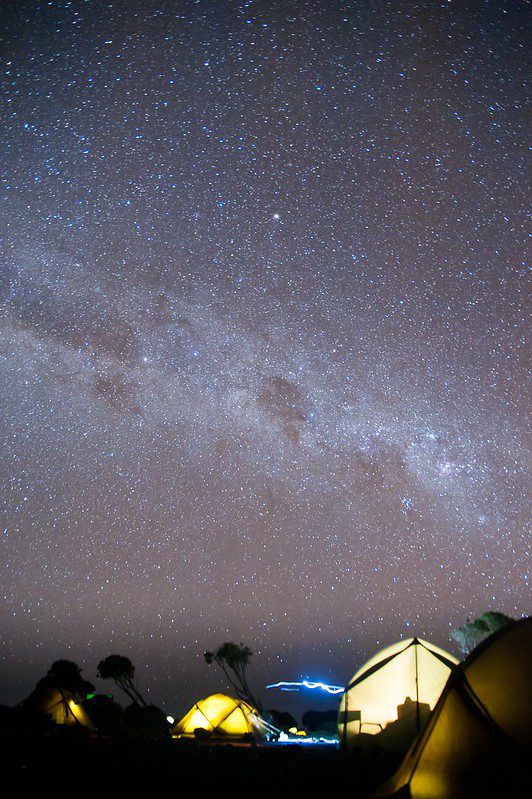- Mon – Fri : 07.00 – 21.00
- +255 672 723 100
- info@velamsafaris.com
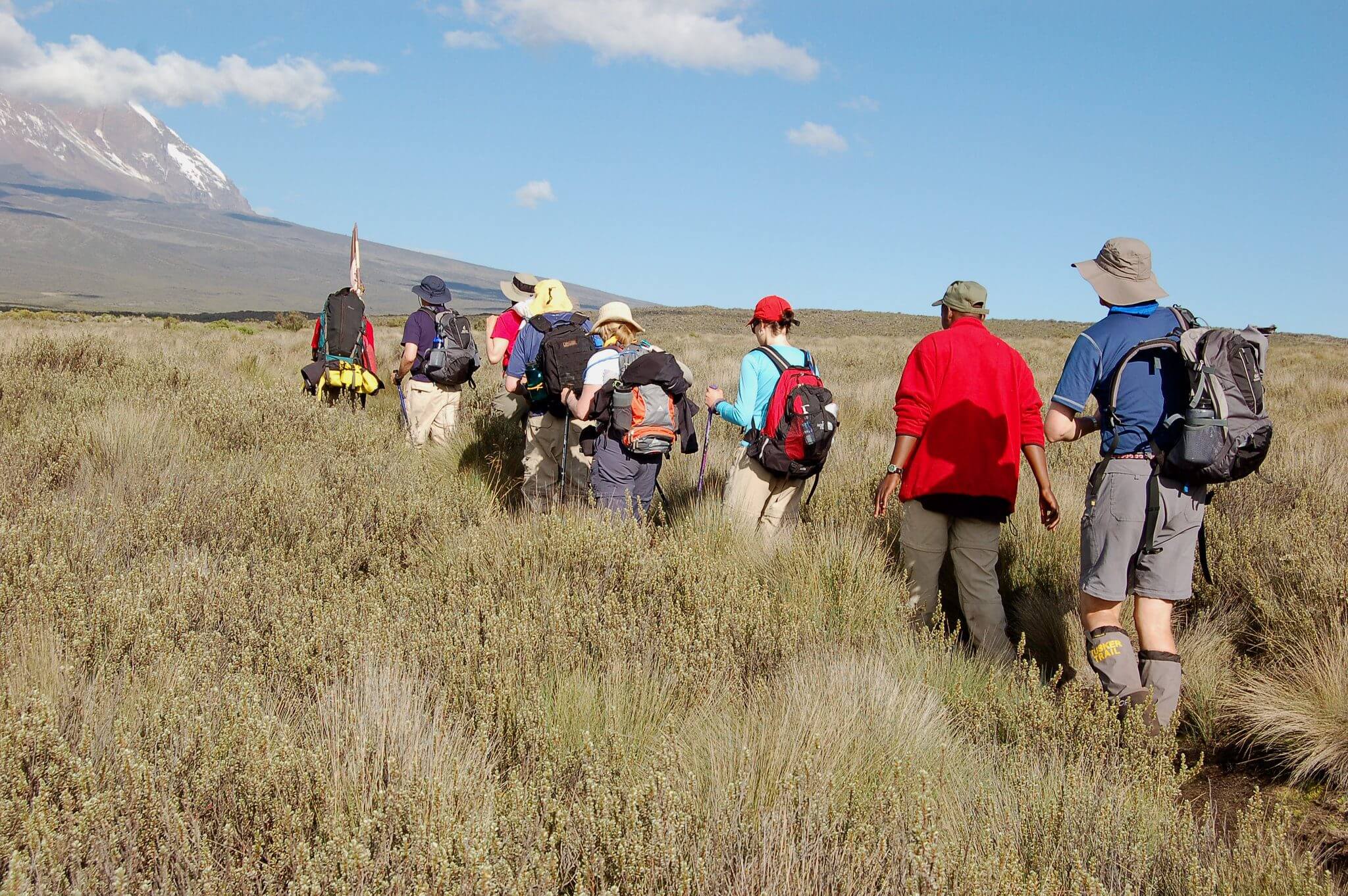
Since Kilimanjaro is the highest free-standing mountain in the world, you will be standing at a height of 5,895 meters (19,340 feet) once you have reached the summit. Everest’s highest peak, in contrast, is 8,848 meters above sea level. Because it towers over both East Africa and the entire continent, it is also referred to as the roof of Africa. Since it is so large, you typically cannot see it from the bottom.
In Tanzania, it is actually quite challenging to see Mount Kilimanjaro without climbing it. If you can handle the crowds, head over to Kenya’s Amboseli National Park for the best view of the famous Kili backdrop. It is located on the Tanzania/Kenya border to the east of Arusha, so if you’re lucky you might catch a glimpse of it from a plane departing from Nairobi. Once in Tanzania, you can easily reach it to start your climb.
When first considering climbing Kilimanjaro, there are two options: either embark on a scheduled climb with a group or embark on a solo climb. The fixed departure dates have a starting price of about $2,500 per person. Private climbs differ depending on the number of climbers and the route. If there are more than two people in your group, a private climb might even be more cost-effective; just let us know so we can calculate the costs. We don’t pick the cheapest provider; instead, we go with the one we’ve known for 20 years and know will treat our customers right.
The Mount Kilimanjaro wet season, which lasts from March through the end of May, is not the best time for trekking. The absolute peak season, from July through the end of October, is comparable to the best game viewing, while the rest of the year is good. After all, you want to be in position to reach the highest point in Africa on a clear day so you can enjoy the breathtaking view.
Depending on the route, this can take as little as four nights, but most people spend between six and eight nights there.
A level of physical fitness, stamina, and a realistic understanding of the potentially harmful effects of high altitudes are required for this difficult and serious endeavor, even though it is possible to reach the top of Mount Kili without using specialized climbing equipment. Before attempting to climb the mountain, many tour operators advise their customers to see a doctor and get a physical examination to assess their general fitness.
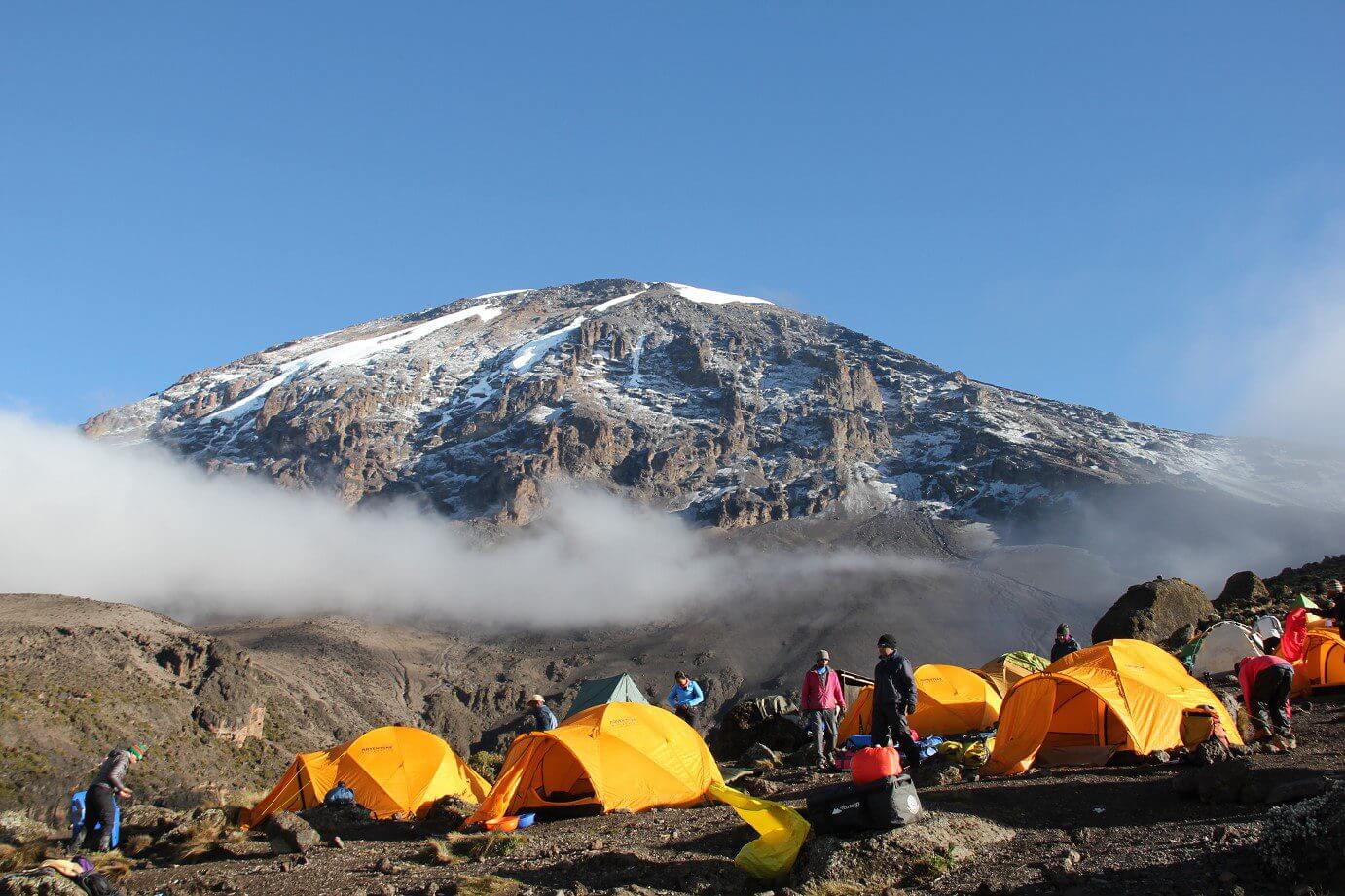
This route allows for 8 days of acclimatization and has a good balance between the heights of the campsites, making it a little more laid back. With its traverses and passing through forests, the scenery is really lovely. Uhuru Peak has an 88% success rate, and Stella Point has a 94% success rate.
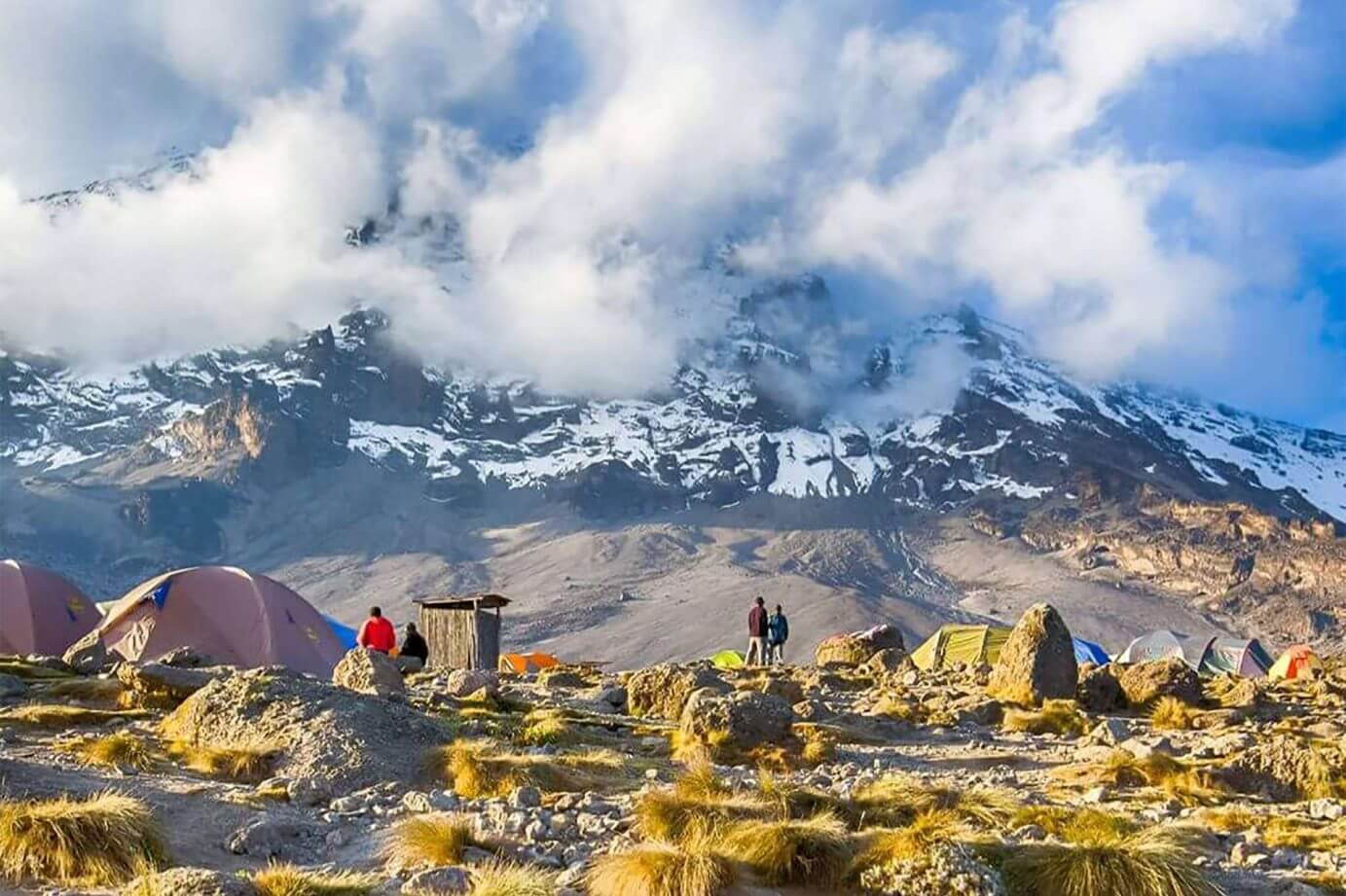
Due to its popularity, this route can become very congested. Although it offers spectacular views to the west of the mountain, we believe its popularity has somewhat compromised its quality. It has surpassed the Marangu Route in terms of popularity.
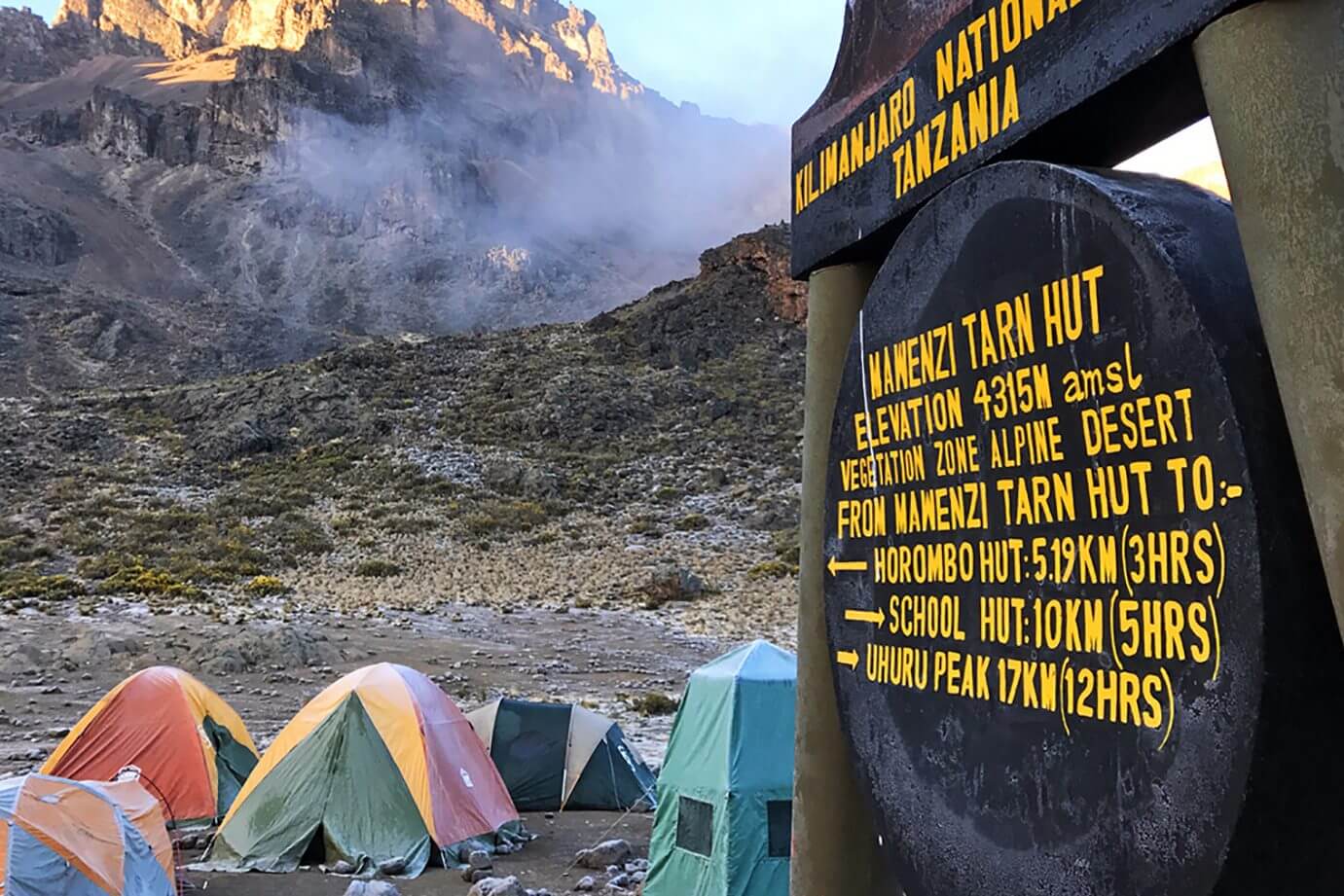
On the Northern Circuit climb, which takes 9 days to complete, almost everyone reaches the summit. You can complete it in 8, but 9 is a little more laid back. This is a welcome addition to the Northern Circuit route because it is for mountain lovers as well as for climbers looking for solitude, which is difficult to find on Kilimanjaro.

Our favourite six-day route is this one. It is unmatched in terms of scenery and summit success as it starts the ascent up the mountain's northern side. There is some flexibility in this as well because you can add a day to give yourself more time to acclimate and improve your chances of summiting. The 7-day route has success rates of 74% for Uhuru and 88% for Gilman's Point.
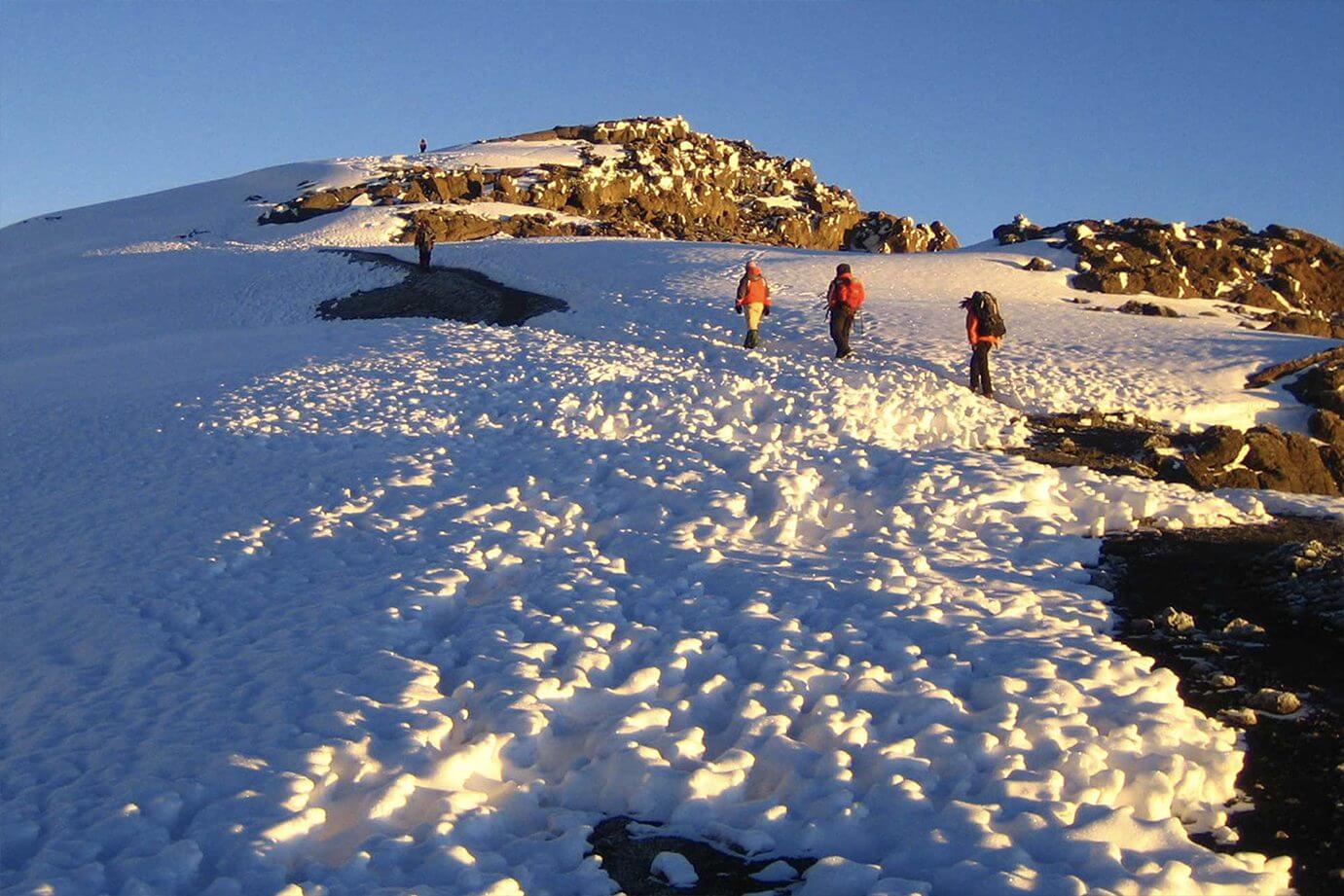
This is an 8-day itinerary which takes you through the unspoilt wilderness of the Shira Plateau and around the hilly and beautiful Moir Hut and the Lent Hills, before traversing underneath the Kibo icefields to the summit via the Barafu Camp. The Shira Route approaches the summit from the western side and is for those who want uninterrupted scenery and away from the crowds. The summit success is 86% to Uhuru Peak, and 93% to Stella Point.
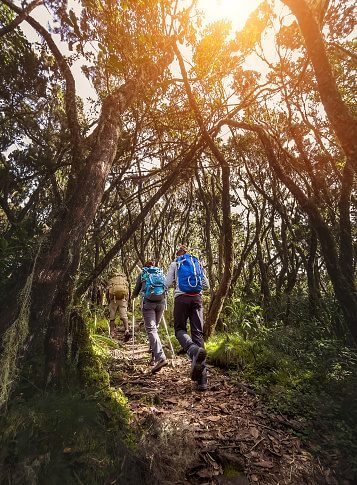
The majority of the former lowland forest has been converted to farming and settlement, so the first encounter with the mountain environment is the dense tropical montane forest between 1850 and 2800 meters.
Since the forest is where clouds tend to condense, this region is frequently damp or wet from rainfall, resulting in an intriguing mass of plant life and flowing rivers between endemic tree species. As clouds cling to the dense concentration of trees, the area of heath just beyond the tree line also benefits from a relatively misty and damp climate. Heather, shrubs like Stoebe Kilimandsharica and Erica Arborea, and several dramatic-looking Proteas cover this area.
In this area, the skies are typically clear, resulting in intense sunshine during the days and cool, clear nights. A large expanse of moorland extends beyond the heath and cloud line at a height of about 3,200 meters.
Although there is no change in the gradient of the ascent, the oxygen level is decreasing, which can significantly slow walking. This moorland zone is home to hardy endemic species like Giant Groundsels (Senecio) and Lobelia (Deckenii), which can grow up to 4 meters tall and give the landscape an oddly primitive feel.
Beyond 4,000 meters, oxygen levels are further depleted as the landscape transforms into a stranger alpine desert with loose sand. Only everlasting flowers, mosses, and lichens are able to survive due to the extreme weather conditions and dramatic temperature changes. After the Kibo Huts and beyond the Saddle, where the landscape is primarily made up of rock and ice fields, only the occasional lichen survives above 5000 meters. Climbers encounter the last difficult ascent to the summit at this point.
Between the Mawenzi and Kibo peaks, west of the saddle near Gillmans Point, the easterly routes Marangu, Mweka, Loitokitok, and Rongai all come together. The inner cone of the roughly circular Kibos crater, which measures 5,800m (100m lower than the summit at Uhuru Peak).
Another concentric minor cone with walls between 12 and 20 m high is located at the center of the crater, and its center falls away into the 360 m span of the ash pit. This is the volcano’s 120-meter-deep central core, which erupts sulphurous boiling smoke from its depths despite its snowy, icy surroundings.
Most climbers decide to extend their trip after making the long journey to Mount Kilimanjaro with a Tanzanian safari or even some beach time in Zanzibar or along the mainland coast. It is the ideal way to cap off the trip of a lifetime to Africa.
The best course of action for more details on Tanzania is to call us for an unbiased discussion. We adore Tanzania, but we also adore the rest of Africa, and we have specialists in all the major safari destinations. Please feel free to call us or send us an email if you’re unsure where to go.
